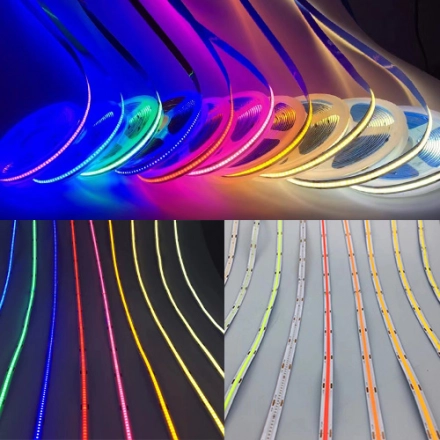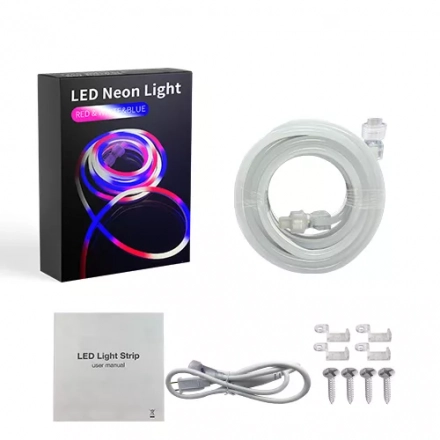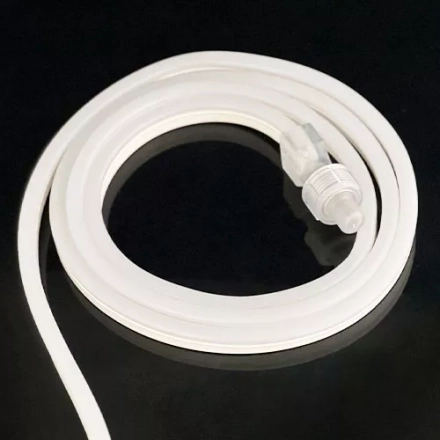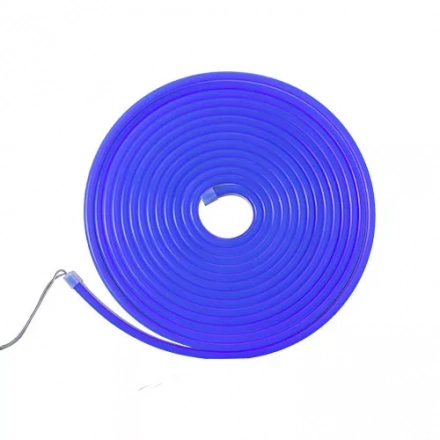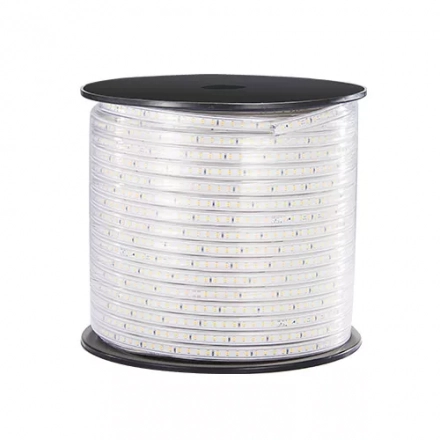Analyzing the Potential of LED Strip Light to Highlight Artworks Inside an Art Gallery
Lighting plays a vital role in enhancing the visual appeal and impact of artworks displayed in art galleries. Traditional lighting fixtures have been widely used in the past, but with advancements in technology, LED strip lights have emerged as a popular alternative. In this article, we will objectively analyze the potential of LED strip lights in the context of highlighting artworks inside an art gallery.
Benefits of LED Strip Lights:
LED strip lights offer several advantages over traditional lighting fixtures. Firstly, they are highly versatile and can be easily installed in various locations within the gallery, such as along walls, ceilings, or display cases. Their flexibility allows for creative lighting arrangements that can effectively accentuate specific art pieces or create dynamic lighting effects.
LED strip lights also provide superior control over brightness and color temperature. With adjustable dimming options, curators can precisely control the intensity of light falling on individual artworks, thereby highlighting the desired details or creating a specific mood. Additionally, LED strip lights offer a wide range of color options, enabling the creation of immersive lighting experiences that complement the artworks' themes or evoke certain emotions.
Another significant advantage of LED strip lights is their energy efficiency. Compared to traditional lighting fixtures, LEDs consume significantly less energy, resulting in reduced electricity costs and a smaller environmental footprint. Art galleries can benefit from long-term cost savings while contributing to sustainability efforts.
Considerations and Challenges:
While LED strip lights offer numerous benefits, certain considerations and challenges need to be addressed. One important aspect is color rendering, as artworks rely on accurate color representation. Gallery curators must carefully select LED strip lights with high Color Rendering Index (CRI) values to ensure faithful color reproduction and prevent any distortion or alteration of the artwork's intended hues.
Another consideration is the heat generated by LED strip lights. Although LEDs are known for their energy efficiency, they still produce some heat, albeit significantly less than traditional lighting sources. Adequate ventilation and heat management systems should be in place to protect delicate artworks from potential damage caused by excessive heat.
Furthermore, the installation process requires attention to detail to achieve optimal lighting effects. Proper positioning, spacing, and angling of the LED strip lights are essential to ensure even illumination and avoid unwanted shadows or glare that might detract from the artworks' beauty.
Conclusion:
LED strip lights present a promising solution for highlighting artworks inside an art gallery. Their versatility, control over brightness and color temperature, energy efficiency, and environmental benefits make them a compelling choice. However, careful consideration of color rendering and heat management, along with meticulous installation, is crucial to maximize their potential in showcasing artworks. By harnessing the power of LED strip lights, art galleries can create captivating lighting displays that enhance the overall viewing experience.

